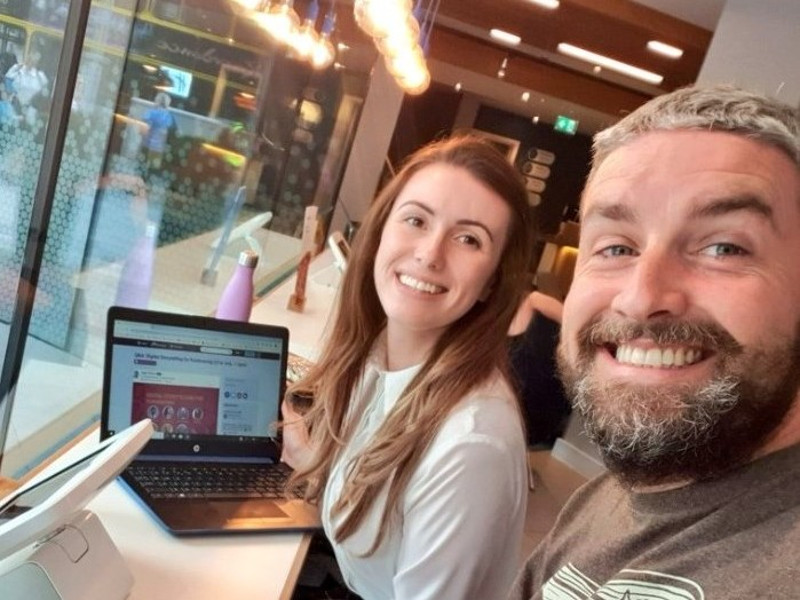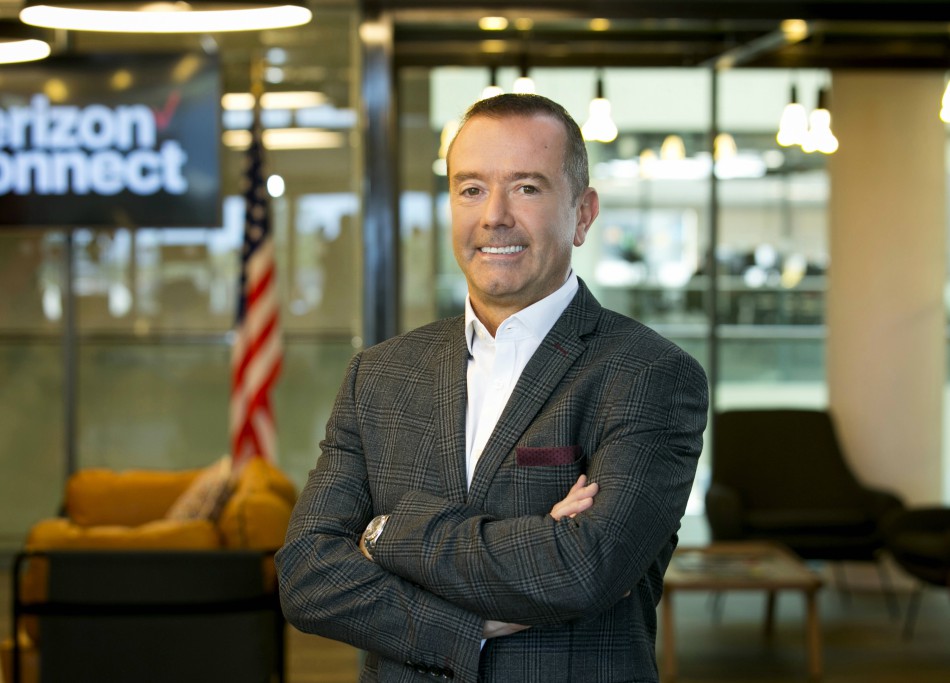Barry Walsh, who works on Dell Ireland’s diversity and inclusion, gives his guide to hiring people with a disability.
The 2016 census showed that there are 643,131 people who have a disability in Ireland; equivalent to 13.5 per cent of the population. The number of people with disabilities attending third level education in Ireland has grown from 3,800 in 2008 to more than 12,000 students today.
However, companies in Ireland are still not making the simple accommodations in the workplace that could help those students when embarking on a career. ThinkBusiness sat down with several people to discuss how employers can improve their hiring practices.
Before hiring
Educate yourself
If the person has disclosed their disability, educate yourself to know what it is and as one of our interviewees said, “don’t only focus on the negative aspects”.
Educate yourself about the strengths of people with disabilities and what small accommodations you need to make to help them thrive. While also understanding their disability, it is important to remember it is not about tokenism; it’s about inclusion. Again, as one of our interviewees put it; “I don’t want to be the best person with a disability for a job, I want to be the best person for the job.”
Understand differences
As Adam Harris of ASIAM says, “just because you’ve met one person with autism, it doesn’t mean you’ve met every person autism”. Symptoms within different conditions can be different. One common symptom of dyspraxia is difficulty in participating in sports, yet Ellis Genge has dyspraxia and also eight caps for England in rugby.
Look at the job descriptions
People with disabilities often need to be able to do 80-100pc of the job description before they apply for the job. As one of our interviewees said; “This is usually one of the biggest barriers to entry. Does the job really require a full clean driver’s licence? How good do you need to be to be considered a rockstar or a Guru? It will only lead it having a less diverse workforce.”
Accessibility
In the business premises
As one of the interviewees stated; “You can have all the diverse and inclusive policies you want, but if people literally can’t get in the door, then they are not going to apply for the job. You must make D&I seriously and the first step in that process is removing barriers to entry in the hiring process.”
Website accessibility
What’s the point in creating policies for inclusive hiring if, in practise, people with disabilities cannot access the website the job is being advertised on? Can your website be read by a screen reader? Can a user increase the size of the text on your website? These are some of the things you must take into account.
One of our interviewees claimed that if the answers to these questions is no, then it is “an open lawsuit waiting to happen”. Take Dominoes Pizza in the US as a prime example of this.
Asks the experts
“If hiring people with disabilities is a new initiative; you’re not the first to do this,” said one of the people we spoke with. Organisations such as Ahead, Employability and Specialisterne can be invaluable sources of information. Employability gives €10,748 off the employee’s wages if they’re on their scheme. You’re not the first private sector organisation either. Companies like Dell Ireland, Bank of Ireland and Irish Life have been doing this for years. If you know anyone in those companies, get in contact and ask for a meeting.
During the interview
Language matters
A candidate may feel comfortable disclosing their disability without fear that it will impact their application. Hiring managers need to reduce unconscious biases or myths about the condition they may have, as well as accepting that some people may not wish to disclose their condition. However, during the interview, the language the interviewer uses can be the difference between the employee being confident disclosing it or not.
In one of the most outrageous examples of what not to do, one of our interviees with dyslexia listed the questions they were asked in an interview where they disclosed they were dyslexic (because they were involved with the Employability’s grant). Could they work in a fast-paced environment? Was their standard of English good enough? Could they disseminate information fast enough? And after the last question, they lost patience; would their manager need to give them more supports than a “normal” candidate?
Not being patronising
Obviously avoid phrases such as ‘you’re doing well for a person with your condition’. Advice can be welcome but avoid the phrase ‘what you need to do is…’ As one of our interviewees said; “I had severe back pain when I was looking for a job; I was getting that every day. I never want to hear it again.”
After
Give feedback
One of our interviewees stated; “I’ve had over 100 interviews, and out of all of them I’d say 50 got back to me. How am I supposed to learn if I don’t know what my weaknesses are?”
Invite the new employee to a meeting
The employee is the best person to ask about what they need. Through a needs assessment, you can find out this information. These supports can be as simple as a buddy who can answer their questions. It’s also important to review, update and receive feedback from the new hire as needs may change over time.
Be visible, promote the benefits.
The likelihood of more people with disabilities being hired in the future will increase through internal and external promotion. The Employability Grant means that people with disabilities are cheaper to employ than other individuals. They also stay with the company longer due to fear of applying for other positions and are very hard-working as they are more grateful for the opportunity given to them.
Most of all embrace any differences in the workplace and learn new experiences working with a diverse workforce.
By Barry Walsh
Barry Walsh works for Dell Ireland as a marketing specialist on the D&I team.
Published: 3 December, 2019






